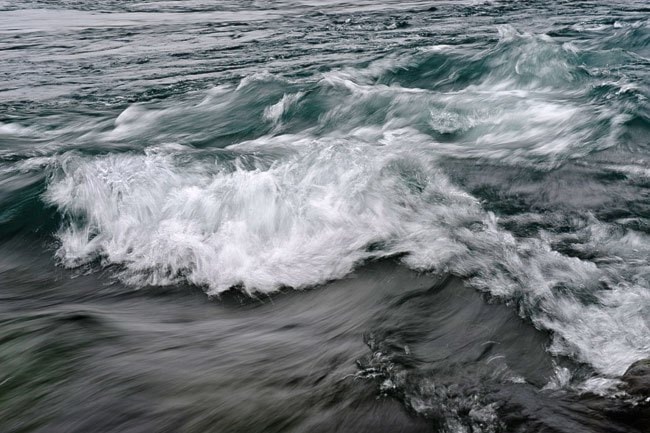Yukoners shouldn’t be too concerned about mercury found in the Yukon River, says Dr. Brendan Hanley, the territory’s chief medical officer of health.
“Will this change anything we do here in Yukon? No, not at all,” said Hanley of the US Geological Survey report published October 25.
Scientists found an average of nearly 4,500 kilograms of mercury in the Yukon River over five years of water samples taken from Pilot Station, Alaska. That amount of mercury is three to 32 times more than what has been found in eight other major rivers, of comparable size, in the northern hemisphere.
And while the Yukon River flows from the territory to Alaska, the fact scientists based their conclusions on Alaskan water samples should be noted, said Hanley.
“The effect isn’t necessarily at all the same here,” he said. “In fact, the researchers did sample in the Yukon side of the basin ... and they didn’t find any of the same indication. There’s definitely local variations in the effect.”
Factors like increased industrial activity on the American side of the river and the different size of the basin on either sides of the border probably play a role, Hanley added.
This is backed up by work being done by the Northern Contaminants Program.
The federal program, which focuses on eliminating or reducing contamination in traditionally harvested foods, has designated Lake Laberge and Kusawa Lake for annual fish monitoring, said Hanley.
The only current warnings issued from these ongoing tests are minimal, encompassing the suggestion children under 12 and women within child-bearing ages should try to eat smaller-sized lake trout and burbot - especially if they eat them often, said Hanley.
It was just this August that Hanley took down the health-advisory sign at Lake Laberge.
The sign, which was put up 20 years ago, wasn’t for mercury but rather toxaphene.
Hanley links the use of chlorofluorocarbons, or CFCs, and insecticides to the high levels of toxaphene. When CFCs were banned in 1987 and the use of harmful insecticides decreased, so too did the levels toxaphene in Laberge.
“It’s been known for over 10 years that toxaphene hasn’t been a concern,” said Hanley, looking at the Laberge sign, now placed in his office. “The reason the sign was left, before my time, was that it was thought that maybe, if there is a problem with mercury, it would make sense to limit consumption from Laberge anyways. But it’s just when we took a hard look at the data and did a risk assessment, it just didn’t make sense to have that localized restriction on Laberge.”
The Federal Department of Fisheries and Oceans has not been conducting any studies on the Yukon River’s fish for mercury, spokesperson Diane Lake said Tuesday.
The jurisdiction falls either with Health Canada or the Canadian Food Inspection Agency, she said.
She couldn’t say why the department is not investigating possible effects on the fish as a species, not a food product.
The scientists who discovered the high levels of mercury believe they have been caused by two things.
The first is that emissions from Asia and Europe get dumped in the river’s basin because of prevailing winds.
The second is climate change.
Permafrost holds a backlog of mercury that has naturally accumulated over thousands of years. As the permafrost thaws, it releases the mercury.
Only a very small portion is methyl mercury, the only kind toxic to humans and aquatic life.
But as the environment gets warmer, the chances are better for more mercury to methylate.
Hanley still isn’t too concerned about this locally, noting the Yukon’s portion of the river is more glacier-fed and colder. But it does send a warning.
“This is certainly more evidence of global warming and northern-specific effects of global warming,” he said. “In a global sense, if you want more evidence of the effects of climate change and global warming, this is it.”
Contact Roxanne Stasyszyn at
roxannes@yukon-news.com
